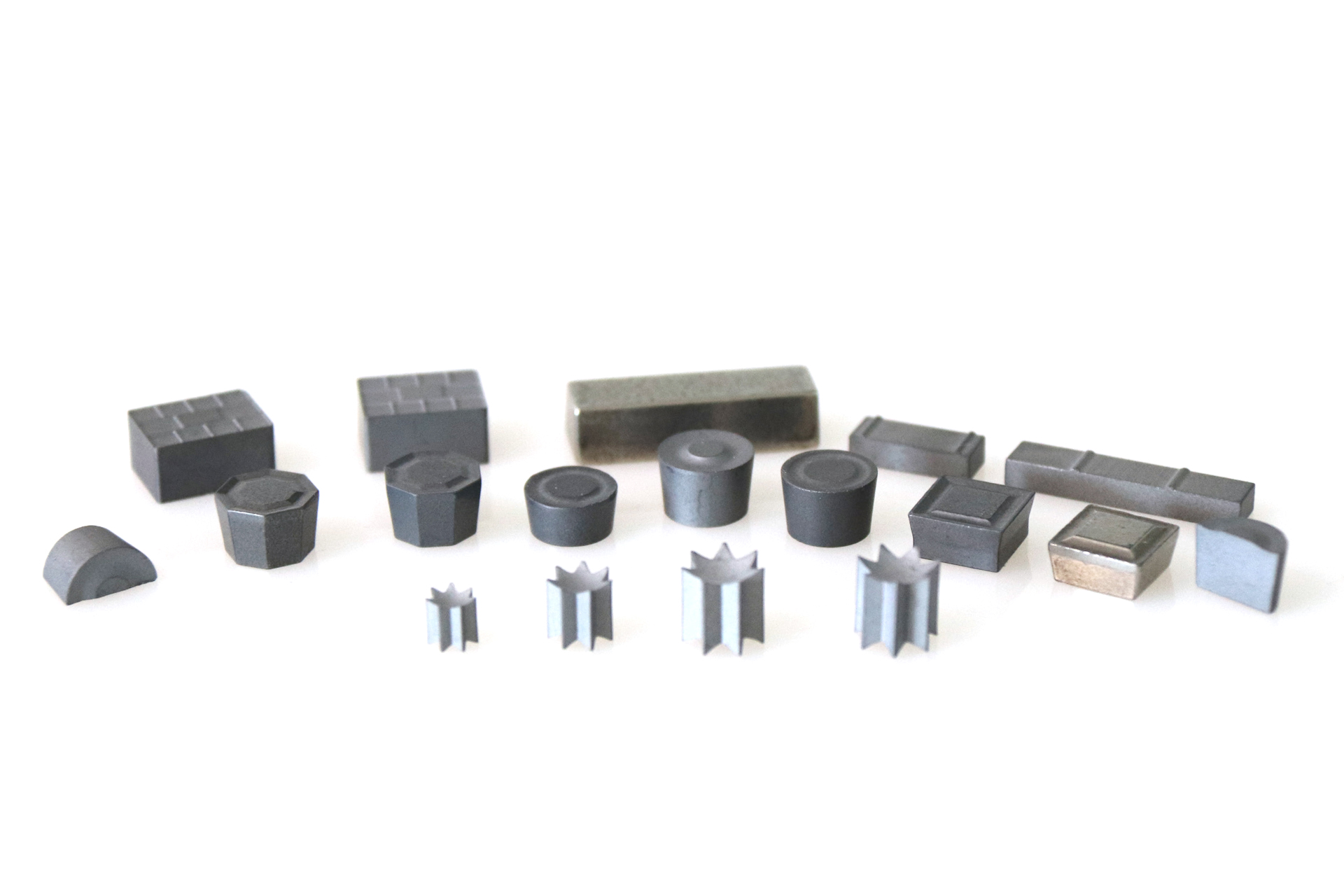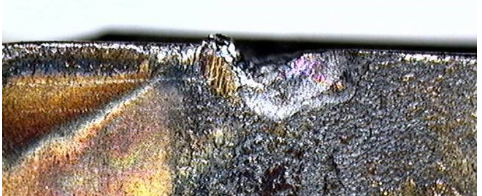Carbide Inserts Wear Failure and Solutions
Carbide Inserts Wear Failure and Solutions

The tungsten carbide wear inserts are used to cut steel casing and plugs, remove down-hole junk and protect the surface of the downhole tools. Different types of tungsten carbide wear parts, such as rectangular, square, round, half-round, and oval, can be produced. These inserts ensure that the brazing alloy is able to fully infiltrate the space between the blade and the insert, providing a secure bond you can trust. They are designed to be applied with our composite rod to provide high quality.

Why Carbide inserts Wear Fails?
Tool wear describes the gradual failure of cutting tools due to regular operation. It is a term often associated with tools used for example on turning, milling, drilling and other types of machining operations where chips are made. We could also say “We started with a new cutting edge and at the beginning of the operation everything was working well. After a certain amount of time, things started to change. Tolerances were out, surface finish was bad, vibrations occurred, more power was used and the many more things that can happen when the cutting edge has reached its end”.
What measures can we take to stop this wearing out of our cutting edge?
Use a Cutting Speed of Vc=0m/min or don’t use the tools. We can influence the wear behavior by changing the machining data. There is a relationship between a certain material and wear mechanisms. The objective is to have a predictable Flank Wear. A continuous wear and no wear peaks give us predictable behavior. Random wear is bad and gives us unpredictable productivity (volume). A great quote from a well-known American teacher of metal cutting: “Knowing the problem is only half the battle!" -Mr. Ron D. Davies”
Here is an example of Insert Wear Failure:Notching

Cause
Notching is caused when the surface of the workpiece is harder or more abrasive than the material further in, e.g. surface hardening from previous cuts, forged or cast surfaces with surface scale. This causes the insert to wear more rapidly in that part of the cutting zone. Local stress concentration can also lead to notching. As a result of the compressive stress along the cutting edge – and lack of the same behind the cutting edge – the insert is particularly stressed at the depth of cut line. Impact of any sort, such as hard micro inclusions in the workpiece material or slight interruptions, can cause a notch.
What should be noticed
•Notching or chipping at the depth of cut area on the insert.
When to expect it
•Materials with surface scale (cast or forged materials) or oxidation.
•Strain hardening materials.
Corrective Actions
•Reduce the feed and vary the depth of cut when using multiple passes.
•Increase cutting speed if machining a high temp alloy (this will give more flank wear).
•Select a tougher carbide grade.
•Use a chip breaker designed for high feeds.
•Prevent built-up edge, especially in stainless and high temp alloys.
•Select a smaller cutting edge angle.
•If possible use round inserts.
ZZBetter stock a comprehensive selection of wear protection inserts. The inserts are available in a variety of designs and shapes, including trapezoidal. Once applied to a tool, they can be infilled with either metal spray powder or composite rod to offer a wear resistant surface to meet your application needs.
If you’re looking for quality products that provide outstanding wear and impact resistance we have just what you are looking for. We’ve taken the wear protection insert business to the next level with high toughness, various dimensions, and factory directly.





















